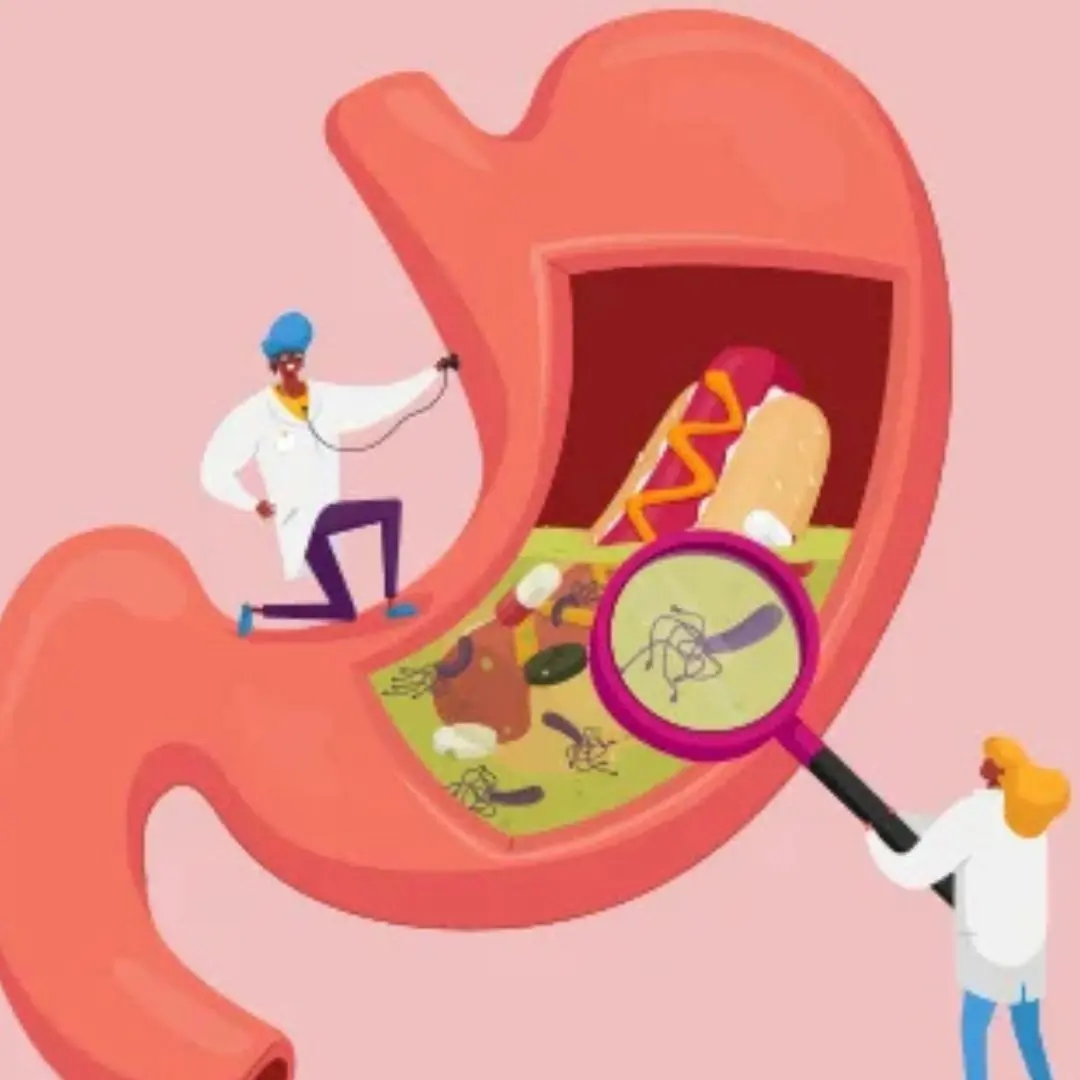
Why are rocks spread along railway tracks?
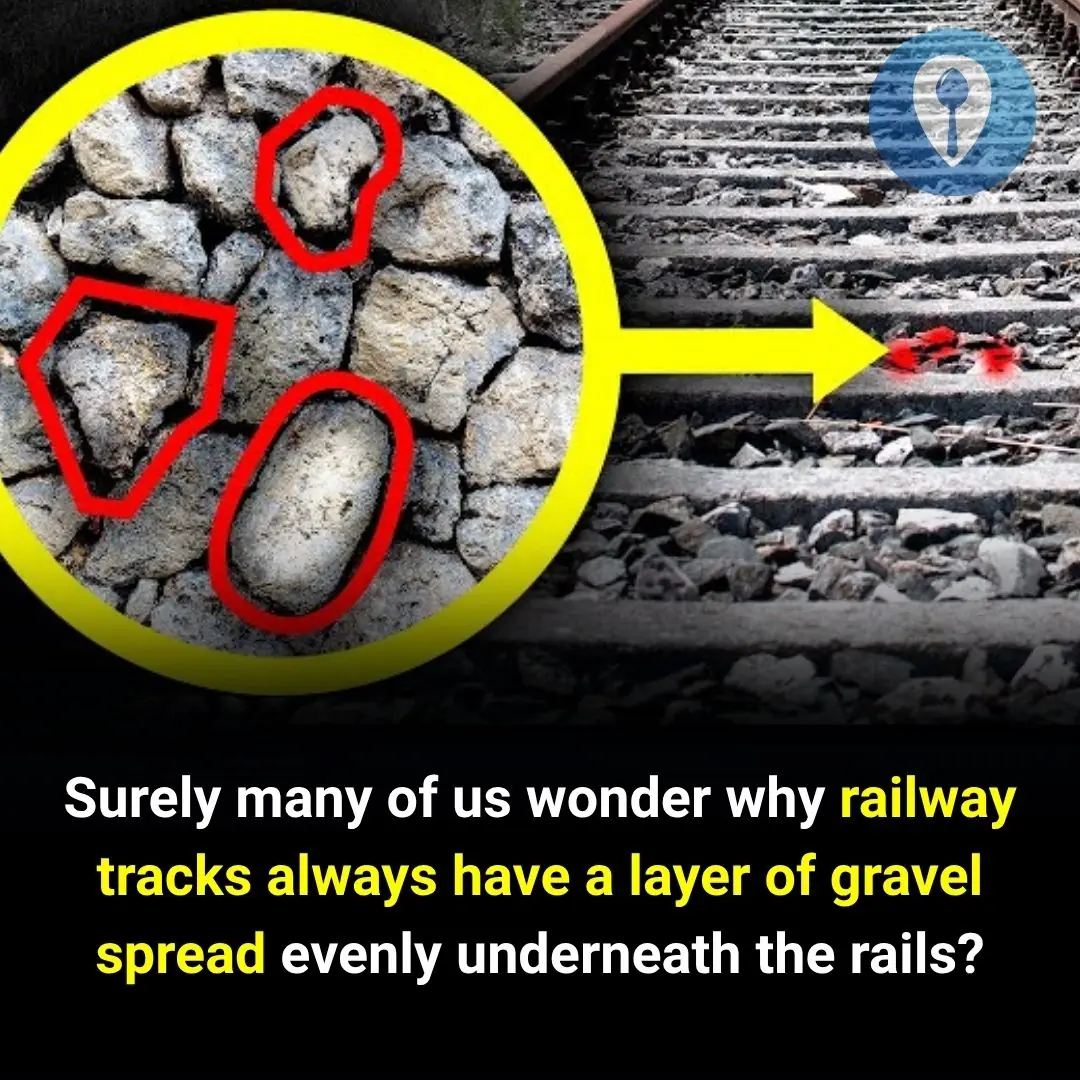
Many of us have probably wondered why railway tracks always have a layer of crushed stones spread evenly beneath them. The design of a railway track, as we know, consists of two parallel steel rails fixed onto wooden or concrete ties (known as sleepers or traverses), and all of these rest on a layer of stones called ballast. But how important is this layer of stones, and why is it necessary?
Why Are Stones Spread Along Railway Tracks?
The term ballast actually comes from the practice of using stones to stabilize sailing ships — and its function on railway tracks is quite similar. When a train passes by, the tracks experience enormous stress and pressure. It’s worth noting that for about 99% of the time, the tracks bear no load, but during the remaining 1%, they must support the entire weight of a train.
For example, the BHP Iron Ore train in Western Australia measures 7.353 km long, consisting of 682 wagons and 8 GE AC6000 locomotives, with a total weight of nearly 100,000 tons, including 82,262 tons of iron ore. It holds the Guinness World Record as the longest and heaviest train in the world.
The sleepers beneath the rails help secure them at the correct gauge (distance between the rails) and also distribute the load from the rails down to the ground below. To ensure this load is evenly spread while maintaining track stability under the train’s dynamic weight, these sleepers rest on a ballast layer.
Moreover, railway tracks are typically exposed to the elements — they must withstand temperature changes, ground movement, earthquakes, rain, and natural growth like weeds and grass sprouting from beneath.
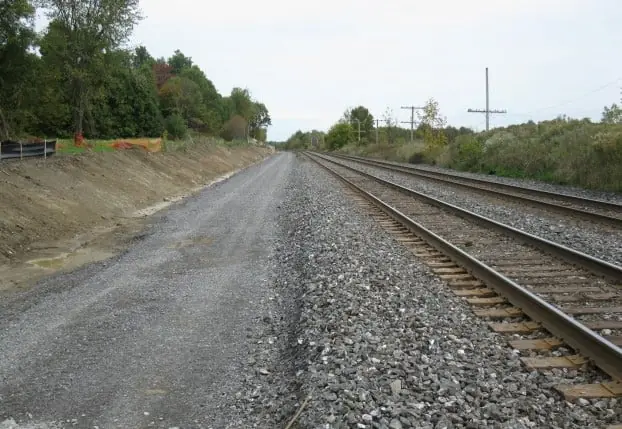
A 200-Year Solution: Why Crushed Stone Is Still Used
More than 200 years ago, railway engineers began experimenting with different materials to solve these problems. In the early days, slag and coal cinders were used as the track foundation. However, since the 1840s, crushed stone ballast has been widely adopted and remains an essential component of railway track structures today.
Ballast is made up of crushed stones usually less than 40 mm in size, spread underneath and around the sleepers. It possesses a property known as “internal friction.” This internal friction depends on how the stones are arranged, their shape, and size.
Common materials used include granite, quartz, trap rock, and occasionally sandstone or limestone if harder rocks aren’t available.
To understand internal friction, imagine a pile of sand and a pile of stones of the same height. If you push the pile of sand, it easily shifts. But when you push the pile of stones, it resists movement — even if you apply force, it barely moves. Similarly, when you stand on sand, it compresses easily, while standing on stones feels solid and stable. That resistance is internal friction.
The Functions of Railway Ballast
Thanks to this internal friction, ballast provides a firm yet flexible foundation that enhances the track’s stability, stiffness, and durability when a train passes. In addition, ballast:
-
Drains rainwater and melted snow away from the tracks.
-
Prevents water accumulation on the track surface.
-
Stops weeds and vegetation from growing between the sleepers.
-
Improves the elasticity of the track, allowing it to withstand temperature changes and heavy loads.
Ballast Thickness and Track Safety
The thickness of the ballast layer depends on several factors: track gauge, train traffic volume, and track type. However, the layer should never be thinner than 150 mm, and high-speed railway lines may require ballast layers up to half a meter thick.
If the ballast layer is too thin, it can overload the subgrade soil, causing the track to sink or deform — a serious safety risk.
Underneath the main ballast is usually a sub-ballast layer, which serves as a drainage barrier and structural support for the upper ballast. Without this sub-layer, the tracks and sleepers may become flooded, damaged, or destabilized, potentially leading to train accidents.
Maintenance of Ballast Layers
Because of its critical role, the ballast layer requires regular maintenance. If the ballast becomes clogged with dirt, its drainage ability decreases, allowing debris and sludge to seep upward from the sub-ballast. This makes the stones dirtier over time and compromises track performance.
Therefore, the ballast must be kept clean, compacted, or replaced using various methods — biological treatments, manual labor, or specialized machinery.
Ballastless Tracks: A Modern Alternative
Due to natural erosion, human activity, and wear over time, maintaining ballast requires significant manpower, money, and time. To address this, the railway industry developed ballastless tracks — modern railway systems that do not use crushed stone.
Instead of using a stone foundation, continuous concrete slabs are installed, with the rails fixed directly onto their surface.
Although ballastless tracks offer higher durability and lower long-term maintenance, they involve higher initial costs and are time-consuming to install, especially on existing railway lines.
For this reason, ballastless tracks are typically reserved for high-speed railways and heavy freight routes, where their efficiency and longevity justify the expense.
In short, those seemingly ordinary stones beneath railway tracks perform an extraordinary job — they absorb stress, drain water, prevent vegetation, and keep the rails stable under the immense weight of trains. Without them, the smooth and safe operation of modern railways would simply not be possible.
News in the same category


Whitmore's 'flesh-eating bac.teria' cases increase: Who is vulnerable?

If You Notice These Two Little Holes on Your Back, It Means You’re Not… Tap to Discover
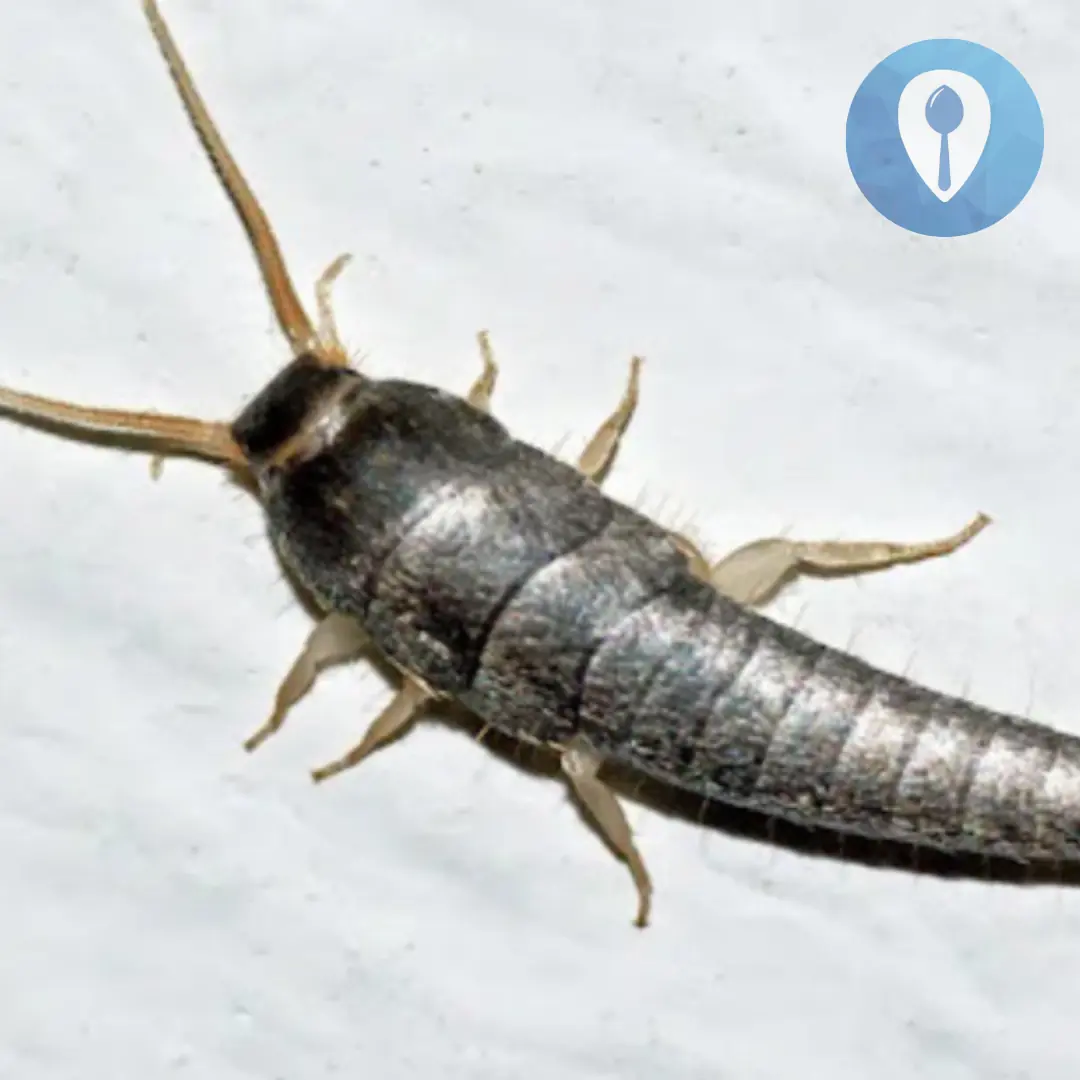
If You Find This Insect in Your Home, Here’s What It Means
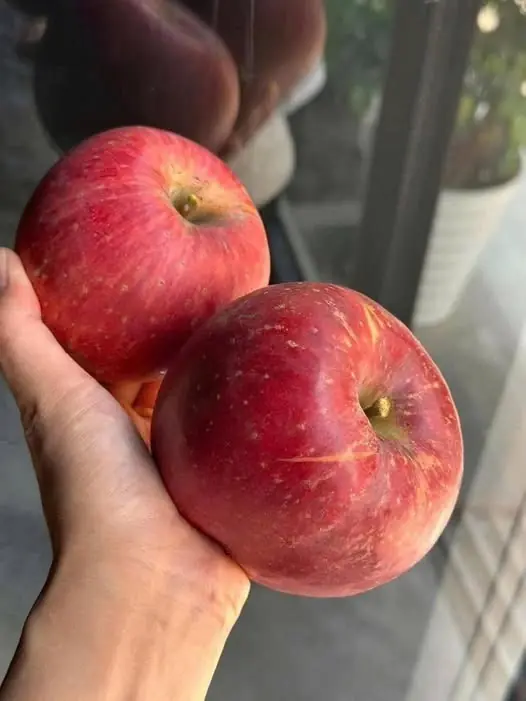
Doctors Reveals That Eating Apples Causes

What are the health consequences of dehydration?

Heartbreaking but Important: Subtle Signs Your Dog May Be Nearing the End of Life

Put a piece of garlic in the middle of the tree, it has great uses, everyone will want to do it

Save a Ton of Electricity Just by Pressing One “Special” Button on Your Washing Machine — Many People Use It for Years Without Knowing

Why Do Flight Attendants Choose to Stay at a Hotel Instead of Going Straight Home After Landing?

Cardiologist answers questions about clip instructing stroke check with finger that has millions of views on social networks

Many people think it's for decoration!

What it says about your relationship when your partner sleeps with their back to you
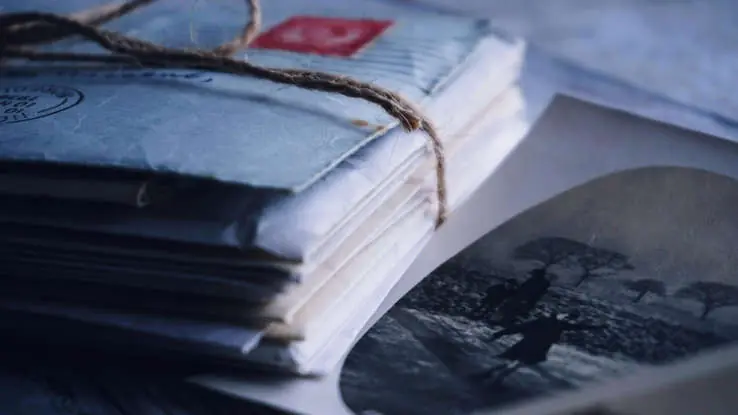
When Someone in the Family Passes Away, Never Throw Away These 4 Things at Their Funeral

If you hear ringing in your ear, this is a sign that you will suffer from...
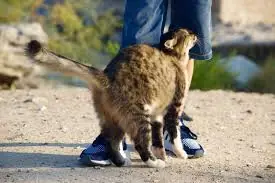
When a cat rubs against you, this is what it means
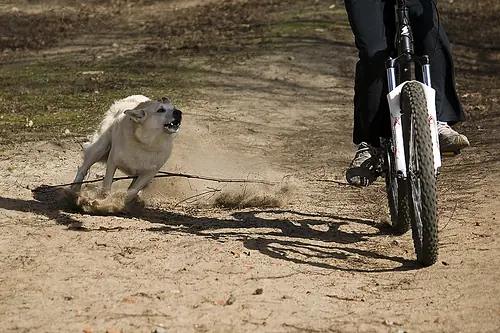
Why do dogs often chase strangers
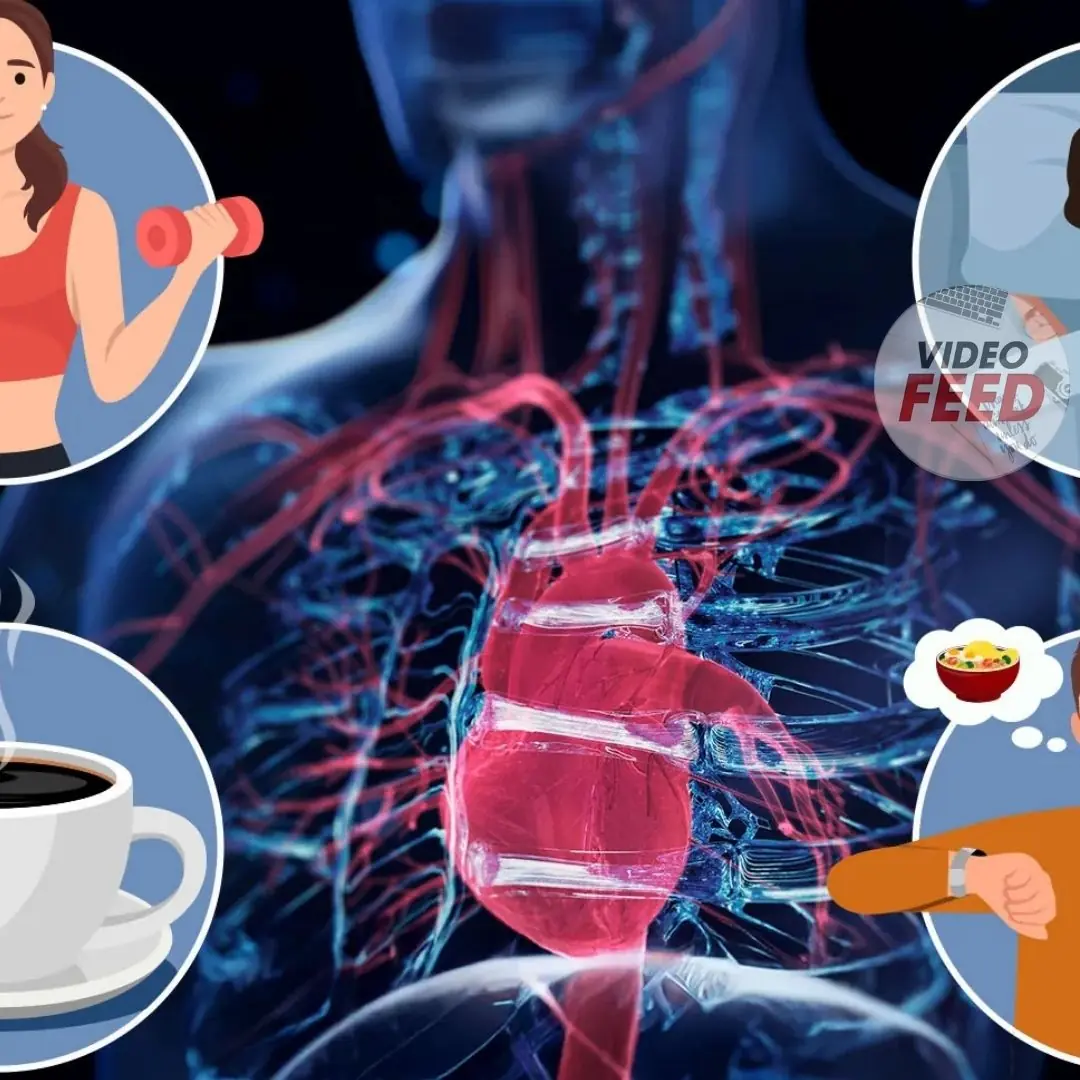
5 bad habits that increase the risk of str.oke at night

The Silent Mystery of Seat 11A: From the Most Hated Spot to a “Lucky Charm” That Saved the Only Survivors of Two Air Disasters
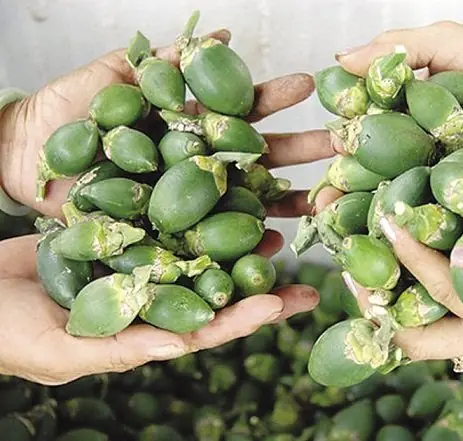
Doctor’s note: 4 fruits you should limit due to potential health risks, even if they seem affordable.
News Post

DANGEROUS COMPLICATIONS OF PULPITIS

Butter Steak Bites with Mashed Potatoes & Glazed Carrots – A Comfort Plate With Serious Flavor

What causes black thorn disease?

Baked Sweet Potatoes with Garlic Butter.
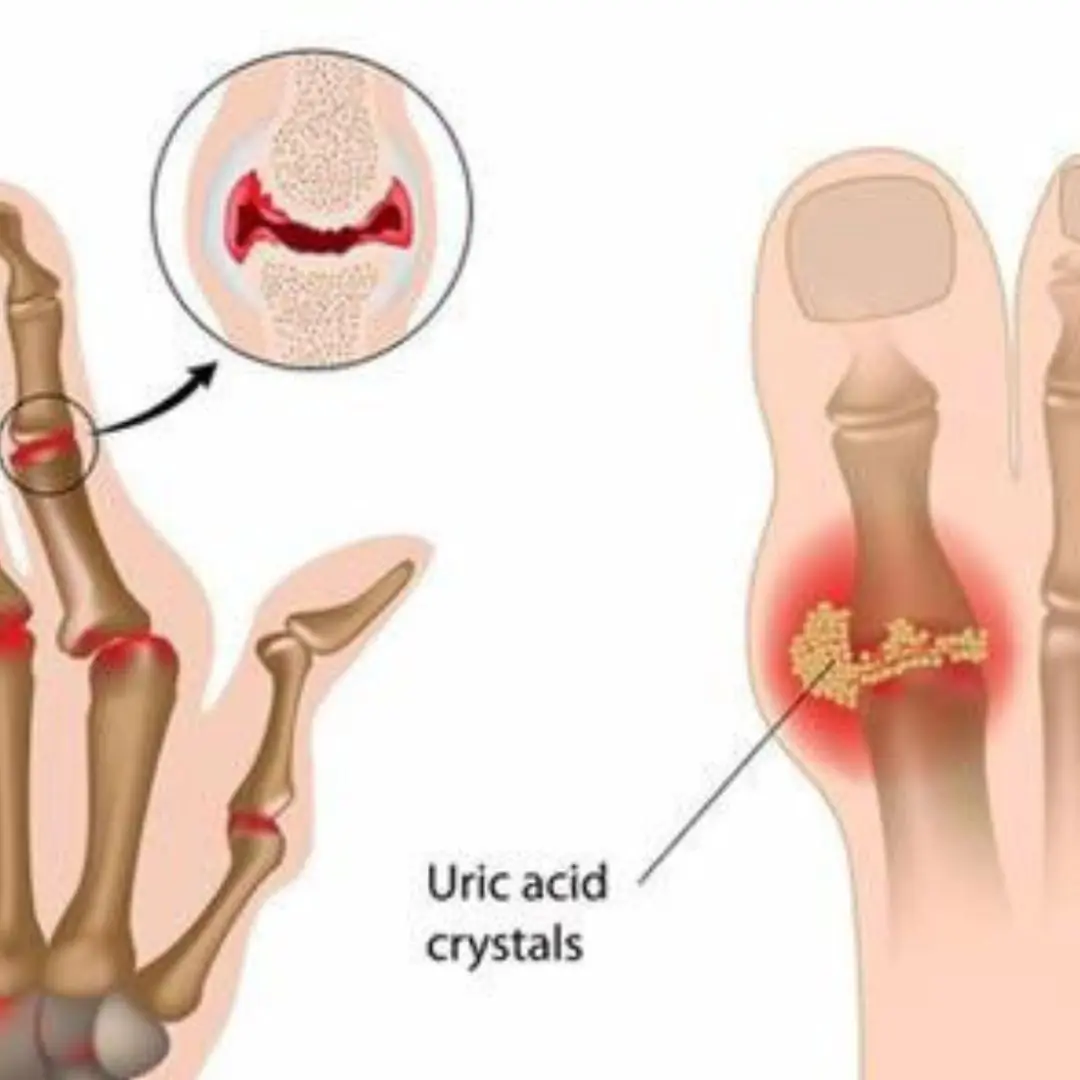
The #1 Drink to Reverse High Uric Acid and Gout — Backed by Science

If You Wake Up With These 4 Morning Symptoms, Sorry — Your Kid.neys May Be in Trouble
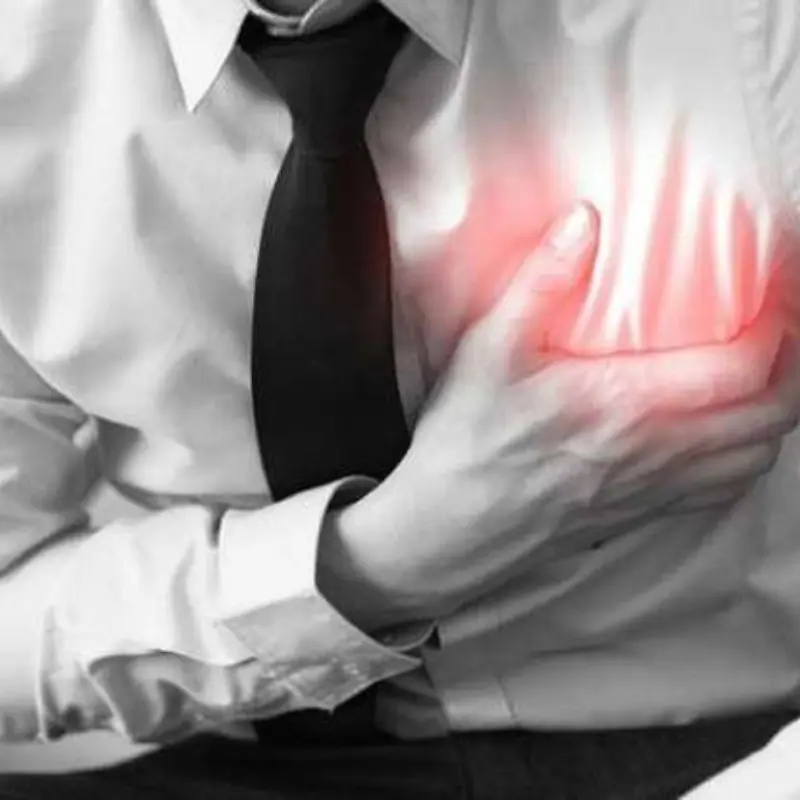
Drinking Coffee at the Wrong Time May Harm Your Heart:

Cardiologist reveals 3 drinks that help control blo.od pressure
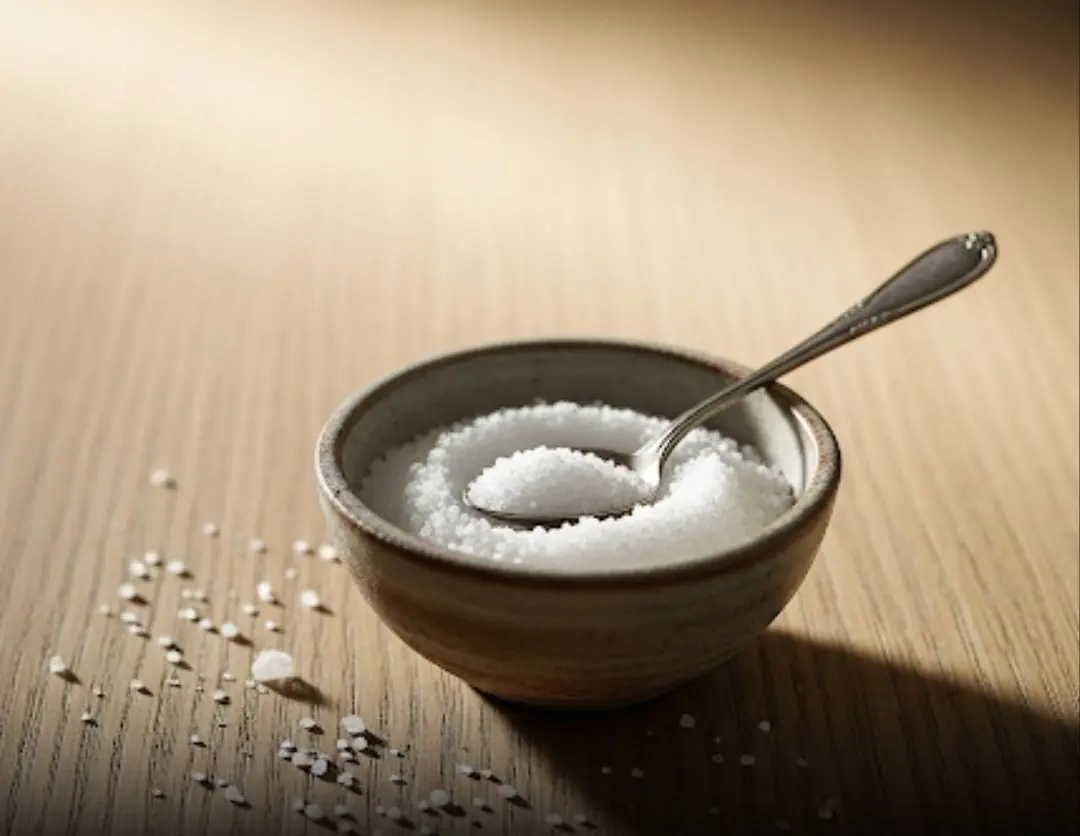
A single ingredient to combat bone pain, diabetes, anxiety, depression, and constipation

Okra is great for your health, but not everyone reacts to it the same way

So this is why our electricity bills have been so high — we’ve been wasting power for ages without knowing!

Your feet can reveal important warning signs about circulation and nerve health

Whitmore's 'flesh-eating bac.teria' cases increase: Who is vulnerable?

Are kidney cysts really benign? Experts warn of signs that should never be ignored

Typical signs of uterine fibroids

The More You Eat This Vegetable, the Cleaner Your Arteries Become: A Stroke-Prevention Secret Many People Overlook!

Age Spots and Selenium: How This Powerful Mineral Can Help Fight Sun Damage Naturally

A 12-year-old boy loses 12 teeth at once due to a common habit among children

Warning: A Common Daily Habit May Be “Inviting” Liver Can.cer — Many People Know It, Yet Still Do It
